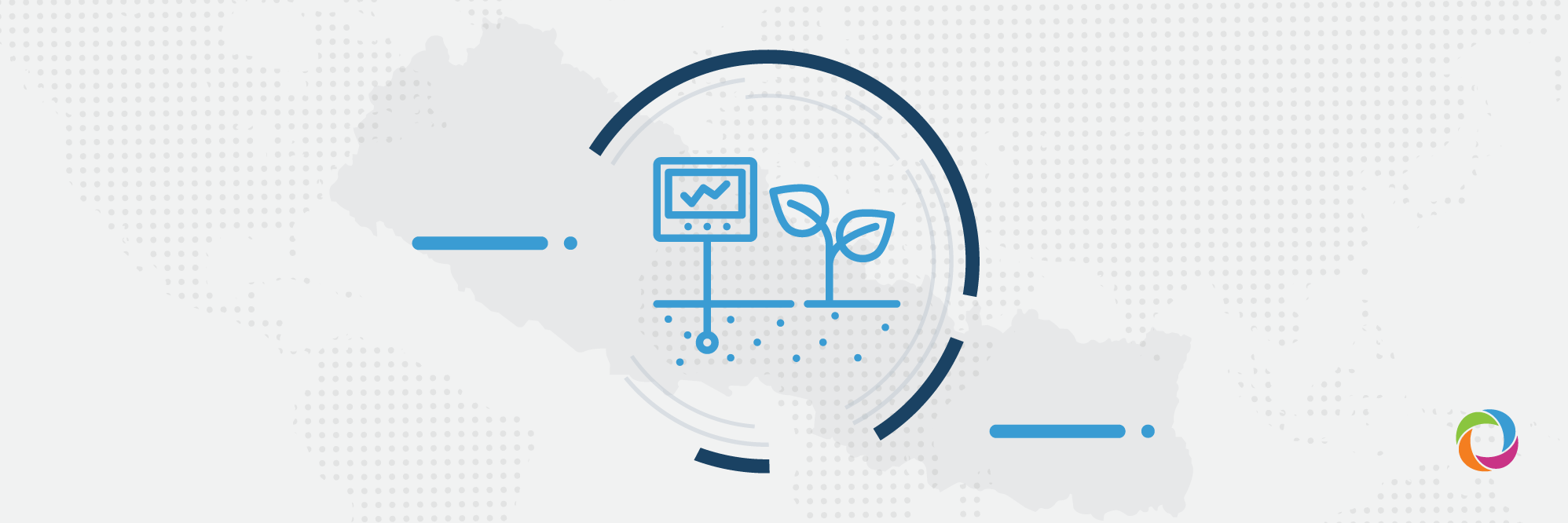Aiming to support soil fertility management and to provide easy access to location-specific information on soil properties and plant nutrients, Nepal has developed a digital social map (DSM).
Inaugurating the DSM on February 24 during a program organized in Kathmandu by the Ministry of Agriculture and Livestock Development of Nepal, KP Sharma Oli, the Prime Minister of Nepal, said that the country has moved ahead on the journey towards ‘digital Nepal’. Claiming that the initiative is the first of its kind in South Asia, Prime Minister Oli added, “One can now get all information about soil just in one click.”
Developed by the National Soil Science Research Centre under the National Agricultural Research Council (NARC) in partnership with United States Agency for International Development’s Nepal Seed and Fertilizer (NSAF) project, this web-based application aims to help farmers, policymakers, extension workers, retailers, and natural resource managers to estimate their fertilizer requirements.
Apart from providing easy access to location-specific information, the DSM is expected to use the input data to generate domain-specific fertilizer recommendations and to estimate the total amount of fertilizers required for a particular crop. By helping to identify areas that are deficient in plant nutrients and by providing site-specific fertilizer formulations, it can help to design the necessary soil fertility and fertilizer management program.
Operated by the International Maize and Wheat Improvement Center (CIMMYT), NSAF is a six-year (2016-2022) long project facilitating sustainable growth in national crop productivity across 20 districts of Nepal. It aims to promote the use of improved seeds and integrated soil fertility management technologies including the use of digital and information and communications technologies.
According to NARC, the maps were prepared using soil information from 23,273 soil samples that were collected from 56 districts covering all seven provinces of Nepal. These soil properties were combined with a stack of 168 remote sensing-based soil environmental factors and the spatial predictions were generated using a machine learning method and the random forest.
- DSM is a map created using computer technology to show various elements of the soil and is based on the results of soil analyzed in the laboratory
- It provides various information about the elements in the soil and their effect on the environment
- By using NARC’s free application programming interface, all the information relating to the soil, crop suitability, best management practice, and disease troubleshooting can be obtained
- As per the NSAF, more than 50% of Nepal’s farms operate on less than half a hectare with the majority of them being unable to produce adequate food
- The agricultural sector in Nepal represents about one-third of the country’s gross domestic product and employs 75% of the labor force
- NSAF observes that the yield gap is a result of a lack of knowledge and inadequate access to affordable improved technologies
Using advanced computational algorithms of both soil sample data and environmental variables to generate maps, the newly introduced DSM is expected to support farmers in accessing soil information to adopt an integrated soil fertility management.

